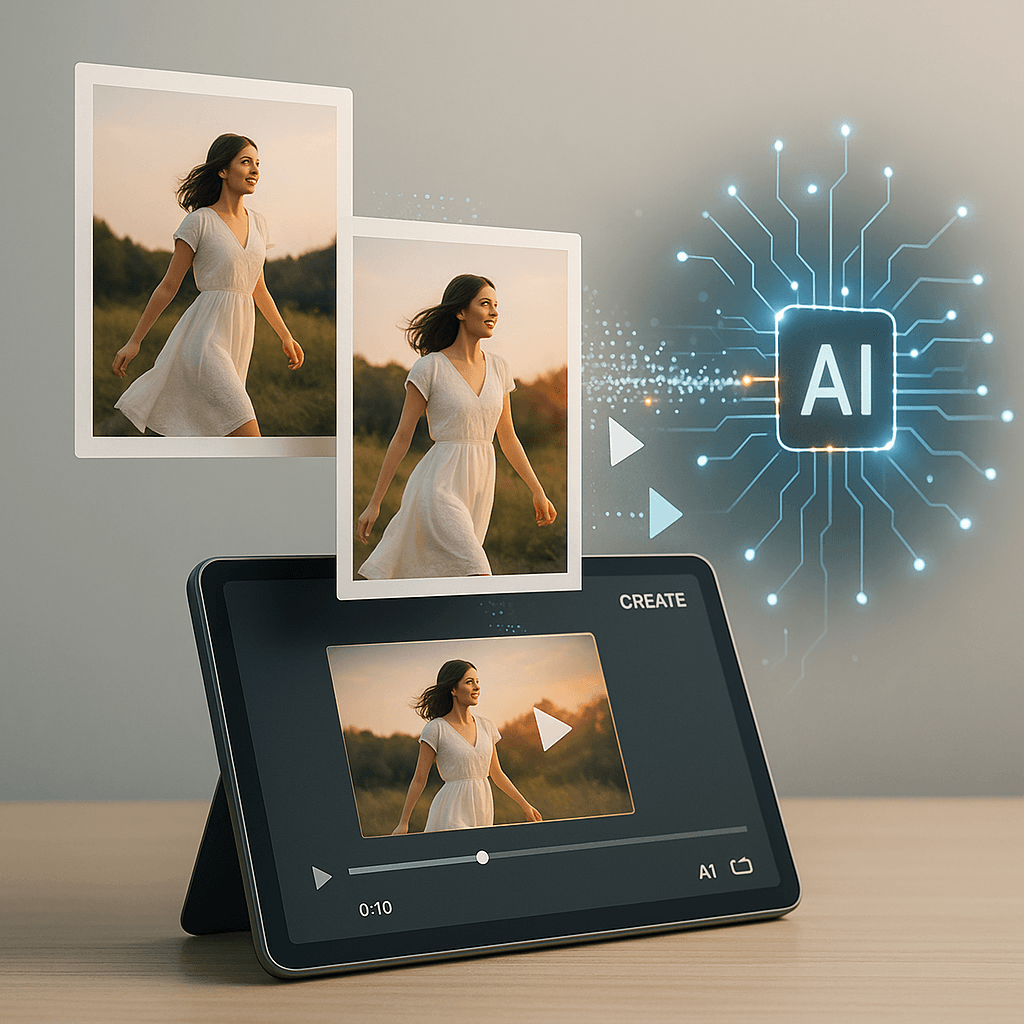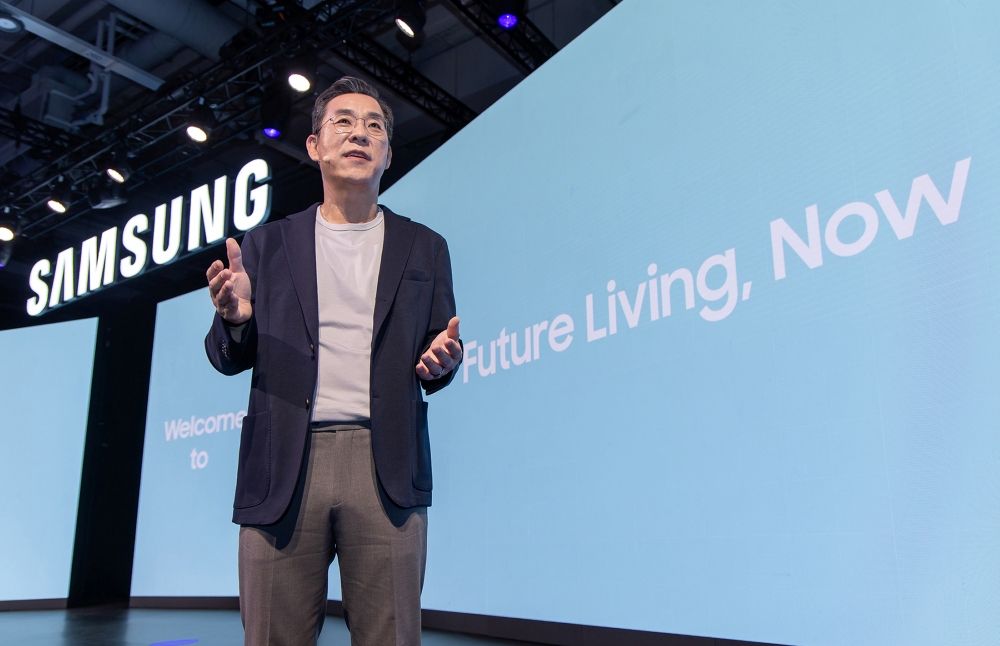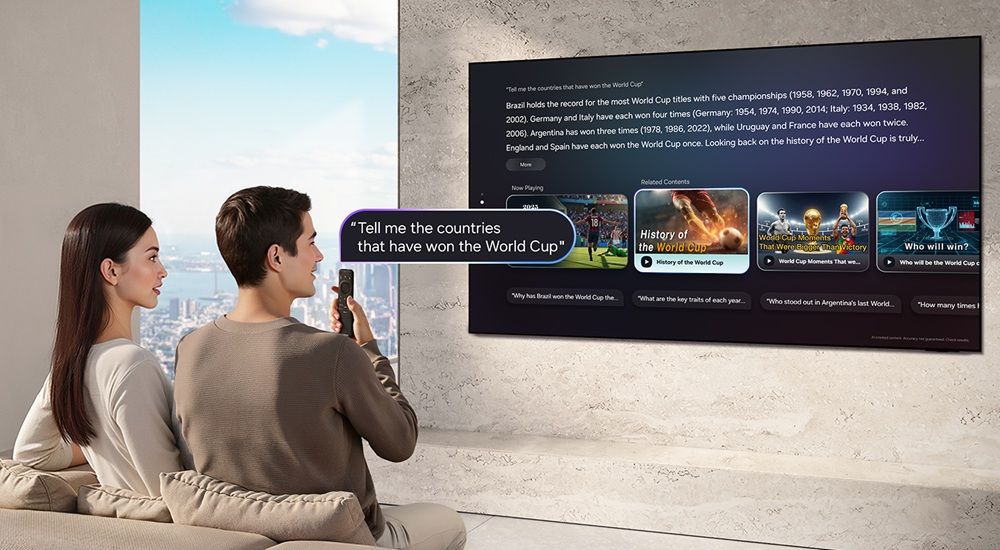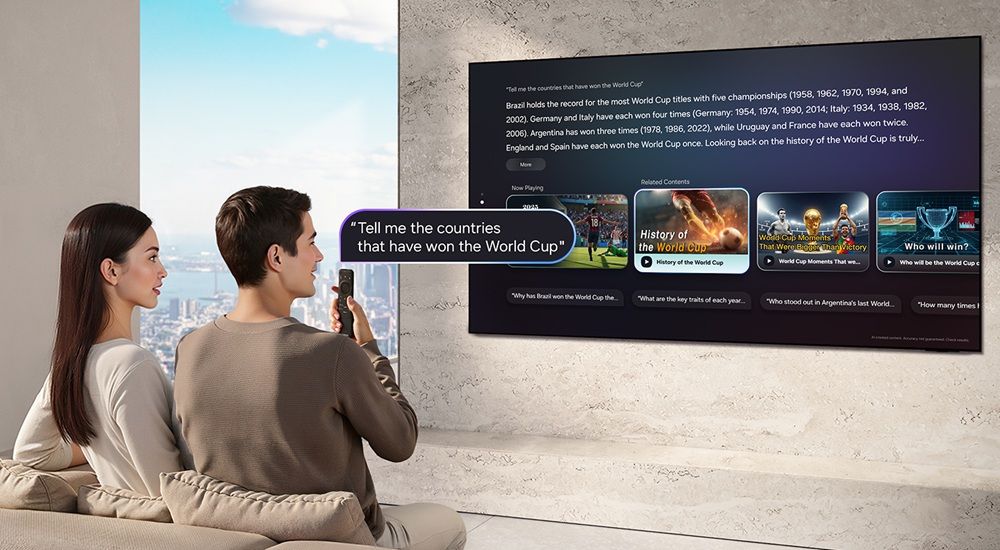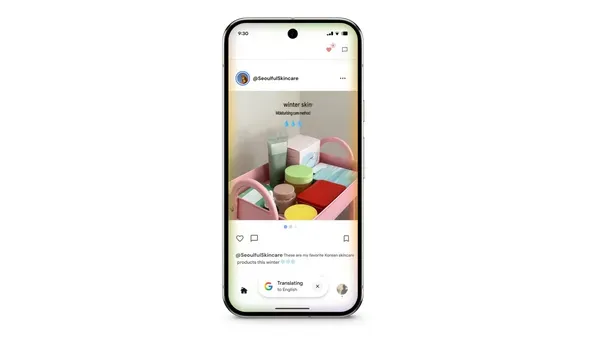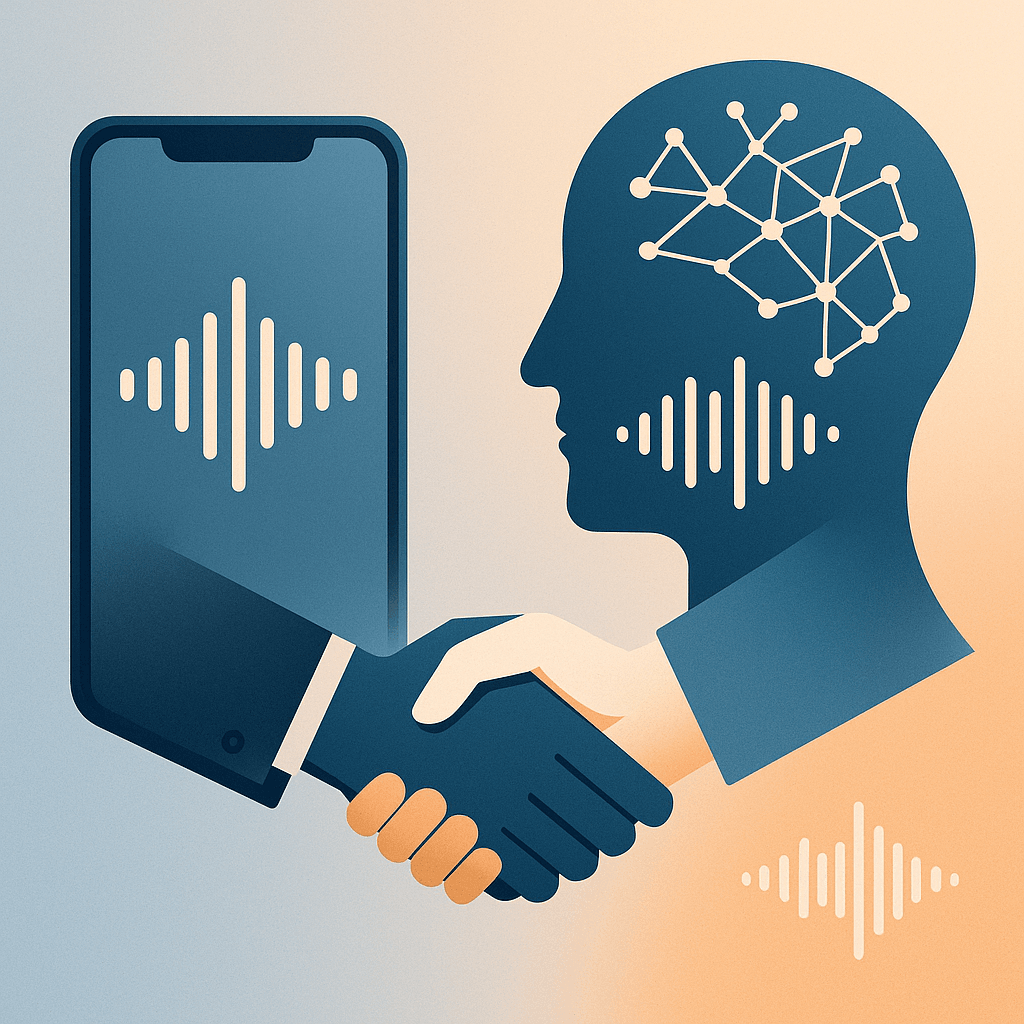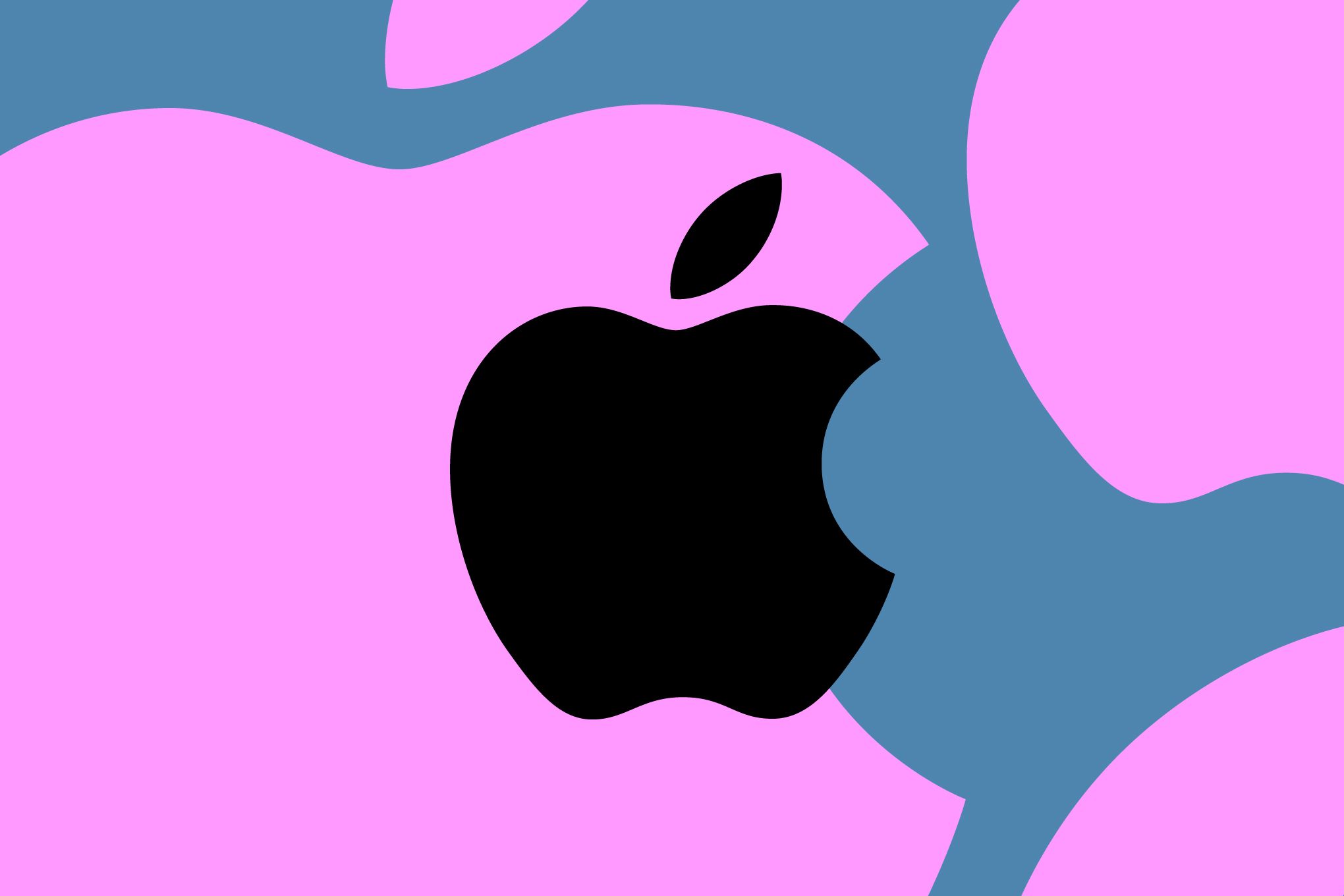Samsung just transformed the living room with Vision AI Companion, unveiled at IFA 2025. The generative AI-powered platform turns Samsung TVs into conversational partners that understand context, answer visual questions, and integrate Microsoft Copilot—rolling out globally this September with seven years of free updates.
Samsung just redefined what a smart TV can do. The company's Vision AI Companion, unveiled at IFA 2025, represents the most significant leap forward in television AI since voice control arrived a decade ago. This isn't just another virtual assistant—it's a conversational interface that understands what's happening on screen and responds with visual intelligence that feels genuinely helpful.
The timing couldn't be more strategic. While Apple continues refining tvOS and Google pushes its smart display ecosystem, Samsung is betting big on generative AI to capture the living room. Vision AI Companion leverages the same conversational AI powering OpenAI's ChatGPT, but optimized specifically for visual content consumption.
"We're redefining what a TV can do, going beyond picture quality and sound to deliver an experience that understands you, interacts with you and evolves with you over time," Kevin Lee, Executive Vice President at Samsung Electronics' Visual Display Business, told Samsung Newsroom. The statement signals Samsung's ambition to own the AI-powered home entertainment category before competitors catch up.
What makes Vision AI Companion genuinely innovative is its visual understanding capabilities. Users can press a dedicated AI button on their remote and ask questions about anything displayed—from identifying filming locations in movies to explaining artwork or providing travel recommendations based on documentaries. The system processes visual context in real-time, delivering responses with related video clips and images that create what Samsung calls "conversational discovery."
The competitive implications are immediate. Amazon Alexa and Google Assistant require specific wake words and struggle with visual context. Apple's Siri on Apple TV handles basic voice commands but can't analyze screen content. Samsung's approach eliminates the traditional command-menu-response cycle, creating fluid interactions that feel more like consulting a knowledgeable friend than operating consumer electronics.
